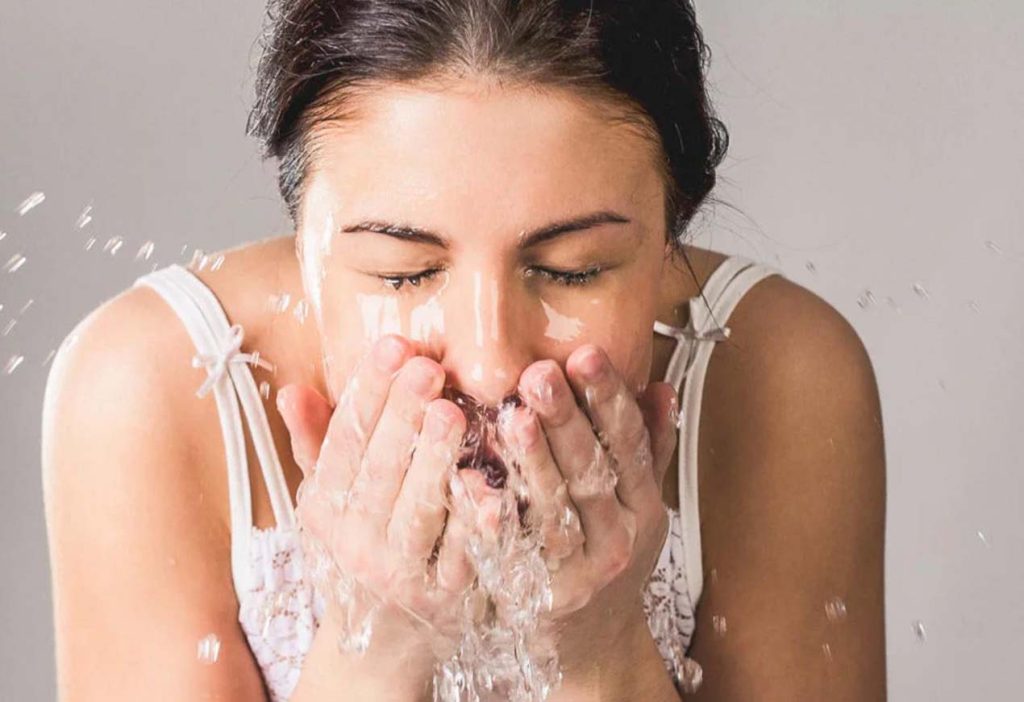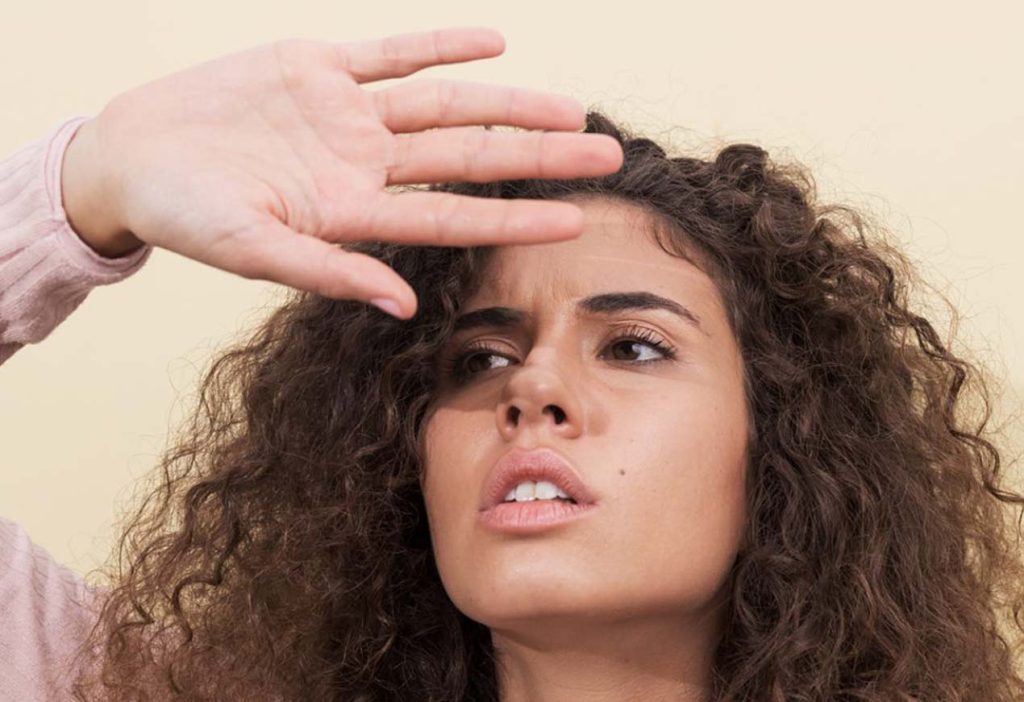
In our pursuit of beauty, we often rely on a range of skincare and beauty products to enhance our appearance. However, it’s important to be aware of the potential side effects these products can have on our skin, particularly when it comes to photosensitivity. Photosensitivity refers to an increased sensitivity to sunlight, which can result in skin irritation, redness, and other more severe conditions.We will explore the possible ways in which your beauty routine may be making you photosensitive and provide tips on how to protect your skin.
Chemical Exfoliants: Proceed with Caution
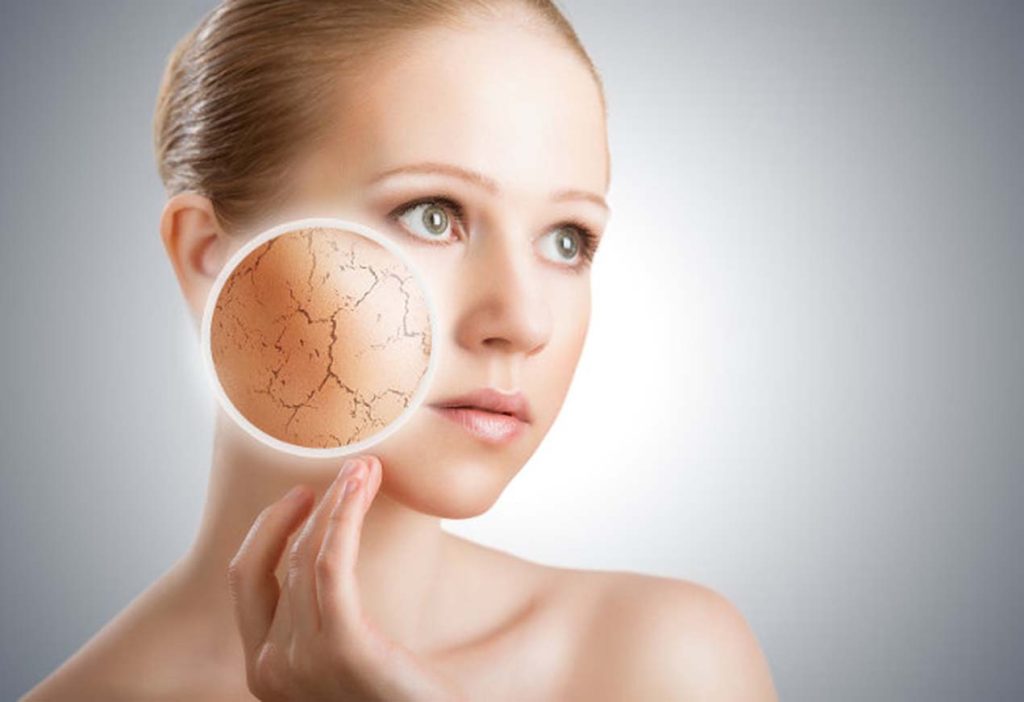
Chemical exfoliants like alpha hydroxy acids (AHAs) and beta hydroxy acids (BHAs) have become popular for their ability to remove dead skin cells, revealing a smoother and more radiant complexion. However, these exfoliants can also make your skin more vulnerable to sun damage. AHAs and BHAs increase the skin’s sensitivity to UV rays, so it’s crucial to be diligent with sun protection when using these products. Opt for chemical exfoliation in the evening and remember to apply broad-spectrum sunscreen during the day.
Essential Oils: Beware of Phototoxicity
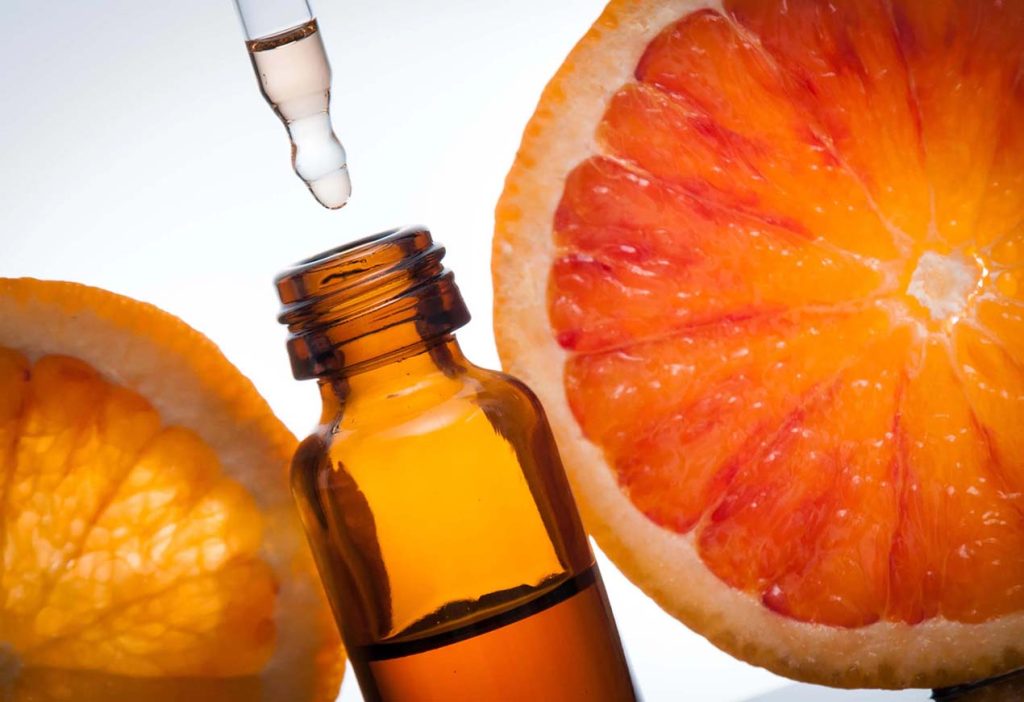
Essential oils have gained popularity in skincare products due to their natural and aromatic properties. While they offer numerous benefits, certain essential oils, such as bergamot, lemon, and lime, can cause a reaction called phototoxicity. Phototoxicity occurs when specific compounds in essential oils react with UV light, leading to skin inflammation, redness, and even blistering. To avoid phototoxicity, exercise caution when using products containing citrus oils and limit sun exposure after application. Consider incorporating essential oils into your nighttime routine instead.
Retinoids: Handle with Care
Retinoids, derived from vitamin A, are renowned for their anti-aging and skin-renewing properties. However, they can also increase photosensitivity. Retinoids work by accelerating cell turnover, which leaves the skin more susceptible to UV damage. If you’re including retinoids in your skincare routine, it’s essential to use them at night and consistently apply sunscreen during the day. Start with a low concentration and gradually increase usage to allow your skin to adjust.
Fragrance in Skincare: A Hidden Culprit
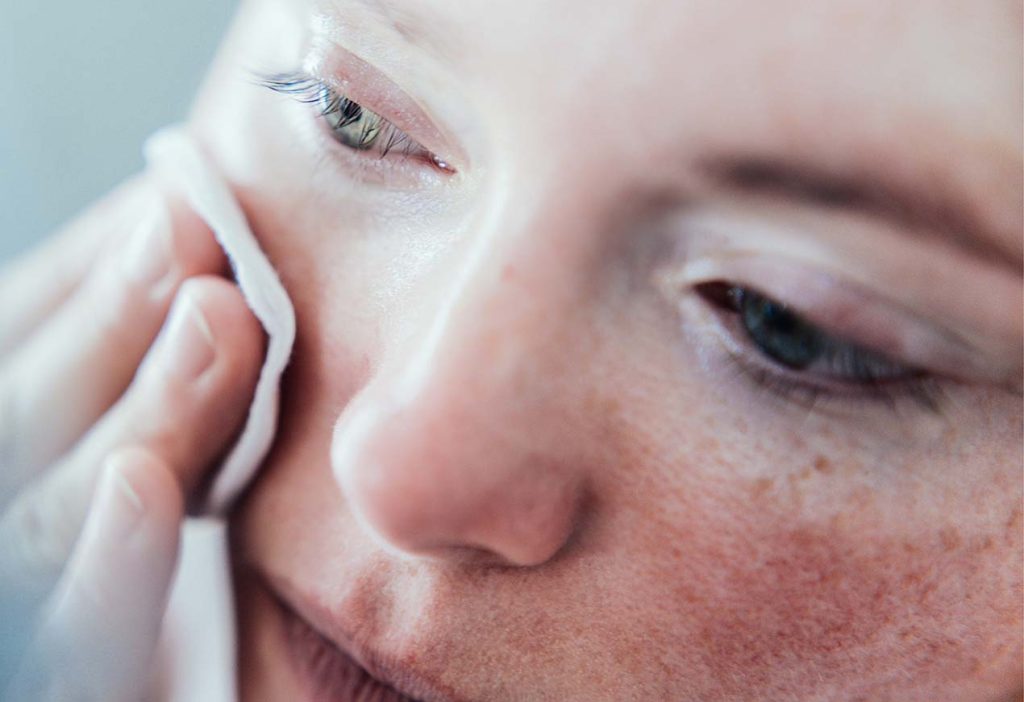
Fragrances are commonly found in skincare and beauty products, providing a pleasant scent. However, certain fragrance ingredients like musk ketone and bergamot can induce photosensitivity. These ingredients can react with UV light, leading to skin irritation and pigmentation issues. If you suspect fragrance to be the culprit behind your photosensitivity, opt for fragrance-free or hypoallergenic products.
Tips for Protecting Your Photosensitive Skin
Wear sunscreen daily: Choose a broad-spectrum sunscreen with an SPF of 30 or higher, and remember to reapply every two hours, especially when spending extended periods outdoors.
Seek shade: Limit your sun exposure during peak hours when the sun’s rays are the strongest, typically between 10 am and 4 pm.
Cover up: Protect your skin by wearing protective clothing such as wide-brimmed hats, long-sleeved shirts, and pants to shield yourself from direct sunlight.
Use sunglasses: Safeguard your eyes and the delicate skin around them by wearing sunglasses with UV protection.
Be cautious with photosensitizing ingredients: Carefully read product labels and avoid using products that contain known photosensitizing ingredients, particularly if you anticipate exposure to sunlight.
While our beauty routines are intended to enhance our appearance, they can inadvertently increase our photosensitivity to sunlight. By understanding the potential risks associated with certain skincare and beauty products, we can take proactive measures to protect our skin. Remember to exercise caution with chemical exfoliants, essential oils, retinoids, and fragrances, and always prioritize sun protection. By practicing sun safety and making informed choices about the products we use, we can enjoy a healthy and radiant complexion without compromising our skin’s well-being.


